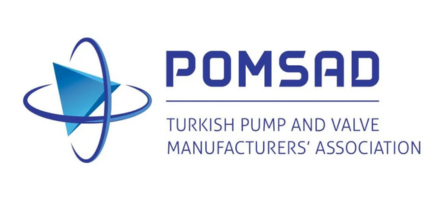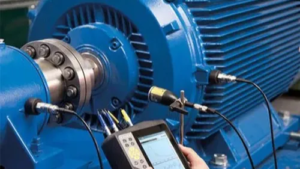In the evolving landscape of industrial automation and digital transformation, the integration of digital thread technology is revolutionizing how we manage the complete lifecycle of motors and generators. From design and engineering to commissioning, operations, and decommissioning, the digital thread creates a seamless, data-driven continuum across all stages, driving efficiency, uptime, and decision-making precision.
What is the Digital Thread?
The digital thread is a communication framework that connects traditionally siloed elements of manufacturing processes, enabling end-to-end traceability of the motor or generator’s data. This spans design files, simulation data, real-time operational telemetry, maintenance logs, and even post-failure analytics.
Unlike isolated digital twins, the digital thread provides contextual, chronological, and relational views of data, allowing stakeholders to trace every action, event, and decision related to a motor or generator.
![]()
Key Benefits in Motor & Generator Lifecycle
1. Design Optimization
CAD and simulation data can be linked directly with performance feedback, helping engineers fine-tune designs for specific load conditions, duty cycles, and environments. Integration with PLM (Product Lifecycle Management) systems ensures revisions are traceable and regulatory compliant.
2. Predictive Maintenance
By combining operational telemetry with historical maintenance data and AI algorithms, the digital thread enables condition-based monitoring (CBM) and predictive maintenance (PdM). This shifts the paradigm from reactive and scheduled maintenance to data-driven service events, minimizing downtime and extending asset life.
3. Asset Performance Management (APM)
Digital threads empower real-time APM, correlating data across parameters such as vibration, temperature, power quality, and harmonic distortion to provide a 360-degree view of motor health and performance.
4. Failure Analysis and Root Cause Investigation
Should a failure occur, the digital thread offers a complete trace of the motor’s lifecycle – from design parameters to past faults and maintenance history – accelerating root cause analysis and design improvements.
5. Sustainability and Compliance
Digital traceability supports ESG goals by optimizing energy use, documenting carbon footprint across the lifecycle, and ensuring compliance with industry standards such as IEC, NEMA, and IEEE guidelines.
Implementation Challenges & Enablers
Implementing a digital thread requires:
- Robust IT/OT convergence
- Standardized data formats (OPC UA, ISO 10303)
- IoT sensor integration
- Scalable cloud/edge computing infrastructure
- Digital twin frameworks
Industrial organizations should adopt a phased approach, beginning with high-value assets, and ensure interoperability across systems (ERP, MES, SCADA, CMMS).
The Future is Interconnected
As motors and generators continue to evolve into smart, connected assets, digital thread implementation becomes not just beneficial—but imperative. Companies that embrace this paradigm gain actionable insights, reduce lifecycle costs, and remain agile in the face of market and operational changes.










